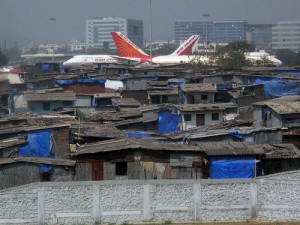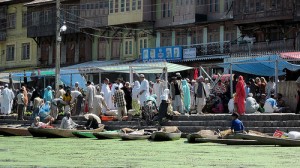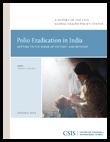
Katherine Boo’s Behind the Beautiful Forevers is an unforgettable walk through the Annawadi neighborhood, next to Mumbai’s airport. Ward Berenschot’s Riot Politics links the ever-present search for patronage in India’s cities to the grisly communal violence that breaks out there from time to time . Steve Inskeep’s Instant City weaves together the ethnic stew, political infighting and scarcity that make up Karachi.
To whet your appetite for all three, see Teresita Schaffer’s review. This is a preprint of an article submitted for consideration in Survival: Global Politics and Strategy ©. The International Institute for Strategic Studies; Survival: Global Politics and Strategy is available online at: http://www.informaworld.com/smpp/ .




